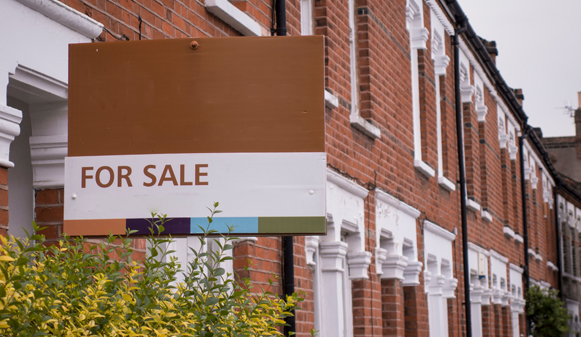Bridging finance is a form of short-term borrowing, designed to help property owners “bridge” a temporary finance gap in a wide range of situations. The interest rates that apply reflect the short-term nature of this type of arrangement. As such, depending on the agreement with the lender, borrowers can expect to be charged between 0.55% to 1% interest per month on the amount of capital borrowed.
As with any form of borrowing, interest rates are assessed on the basis of ‘risk’: i.e. the risk of you being unable to pay back the amount owed — and the risk to the lender of being saddled with bad debt.
To help understand the risk, here’s a closer look at how bridging loan risks are assessed — and at what you can do to maximise the chances of being viewed as a low-risk borrower.
Why do bridging loan interest rates seem so high?

At first glance (especially compared to mortgages), interest rates on bridging loans may seem expensive. To understand why this is, it’s important to recognise what a bridging loan is for — and how it differs from other forms of finance.
With a mortgage, you are basically in it for the long haul. You sign up to what might be a 20-30-year term, and (depending on your plans for the property and the deals available) you might typically expect to stay with the same lender for five years or more.
The mortgage is often part of a long-term plan for a property. But especially at or around the time of purchase, you may be faced with one or more temporary finance-related issues: the type of problem that demands a quick solution, but one which conventional mortgage lenders are not always able to fix, e.g:
- Planning permission you need to make changes to a property might not yet be in place at the time of purchase.
- The term remaining on the lease may need to be extended.
- You may be waiting for capital to come through from the sale of one property in your portfolio to fund the purchase of another.
In these types of situations, bridging lenders can often supply the funds needed to fix your problem. They can do this because they agree to shoulder the type of risk that conventional mortgage lenders are unable (or unwilling) to take on. What’s more, the best bridging loan providers will be able to respond to your needs quickly: exactly what you need in emergency funding situations.
But even the best-laid plans can fail: property chains can collapse, planning admin and lease extension negotiations can stall and refurbishment works can be hit by critical snags. Bridging lenders are exposed to these risks; something that’s taken into account in the interest rates applied.
Assessing the risk: why you need an exit strategy

With a bridging loan, the provider agrees to lend a sum of money for a short period (usually a matter of months), with the property held as security.
So, what will change between now and the loan redemption date? How are funding circumstances going to change, so that the borrower will be able to pay back the amount owed? When we assess the risks linked to the loan, these are the questions we need to consider.
To enable us to do this, and to show us that you represent an acceptable risk, a borrower needs to have a solid exit strategy. This is basically your plan for paying off the loan. Usually, that exit strategy requires one of two things to happen: either you sell the property and repay the loan from the sale proceeds, or else you switch over to long-term financing (i.e. a mortgage).
Here’s how we assess the risk relating to these two types of exit strategy:
Resale

This includes situations where the borrower intends to purchase, refurbish and resell the property within a short period (i.e. a ‘fix and flip’ plan). For your plan to be deemed an acceptable risk, lenders will need to know that you have taken into account market conditions, and that you have realistically assessed the timescales required for the work you intend to do.
Refinance

Let’s say there’s an issue (e.g. with planning or the physical state of the property) that’s stopping you from qualifying for long-term borrowing. You want to use the bridging loan for the purchase, solve the problem and then switch to a mortgage.
Here, we’d need to be satisfied that there will be no additional barriers to a mortgage once the obstacle in question has been removed. We would need to consider your credit record — and ideally we would have an agreement in principle in place with an actual mortgage lender.
How can I reduce the total amount payable?

The loan-to-value ratio (LTV) refers to the amount borrowed as a percentage of the overall value of the property. As with any loan, the higher the LTV, the higher the interest rate. So if you can afford to tap into capital from elsewhere to reduce the amount you need under a bridging loan, the lower the overall cost of the loan will be.
One of the benefits of bridging finance is that it’s usually possible to repay it early without facing a penalty. It’s also possible to make full or partial capital reductions on the loan during its lifetime (useful if you unexpectedly find yourself with capital to spare!). Making reductions in this way will reduce the total amount payable.
There is, of course, no such thing as a risk-free property investment. It’s also true that unlocking the best opportunities sometimes require a short-term injection of funds. Providing you have a reasonable plan of action in place for managing any risks associated with this, bridging loans can be ideal for getting your deal over the line.
Ready to find out more about bridging loans? Speak to West One today — or else explore our blog for lots of further property finance advice.

